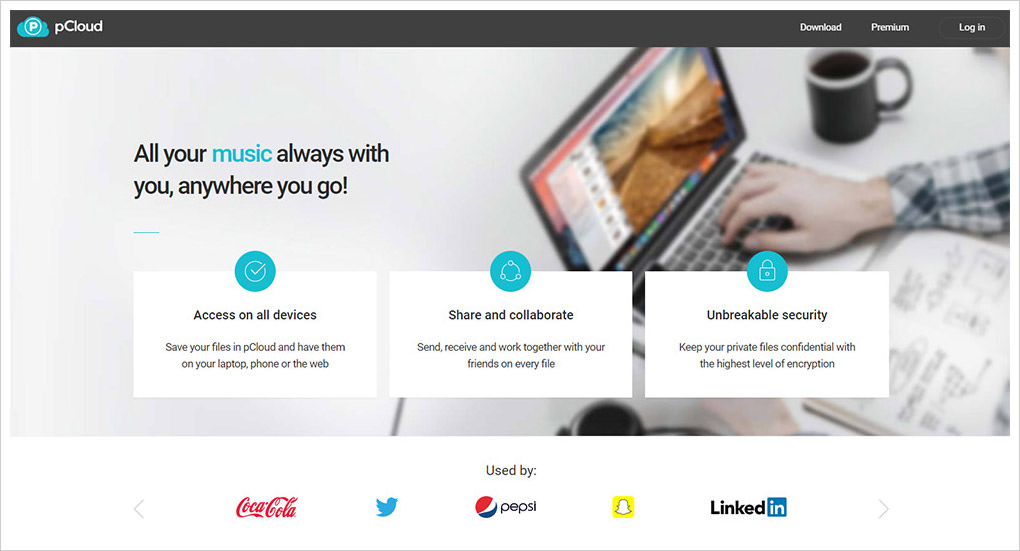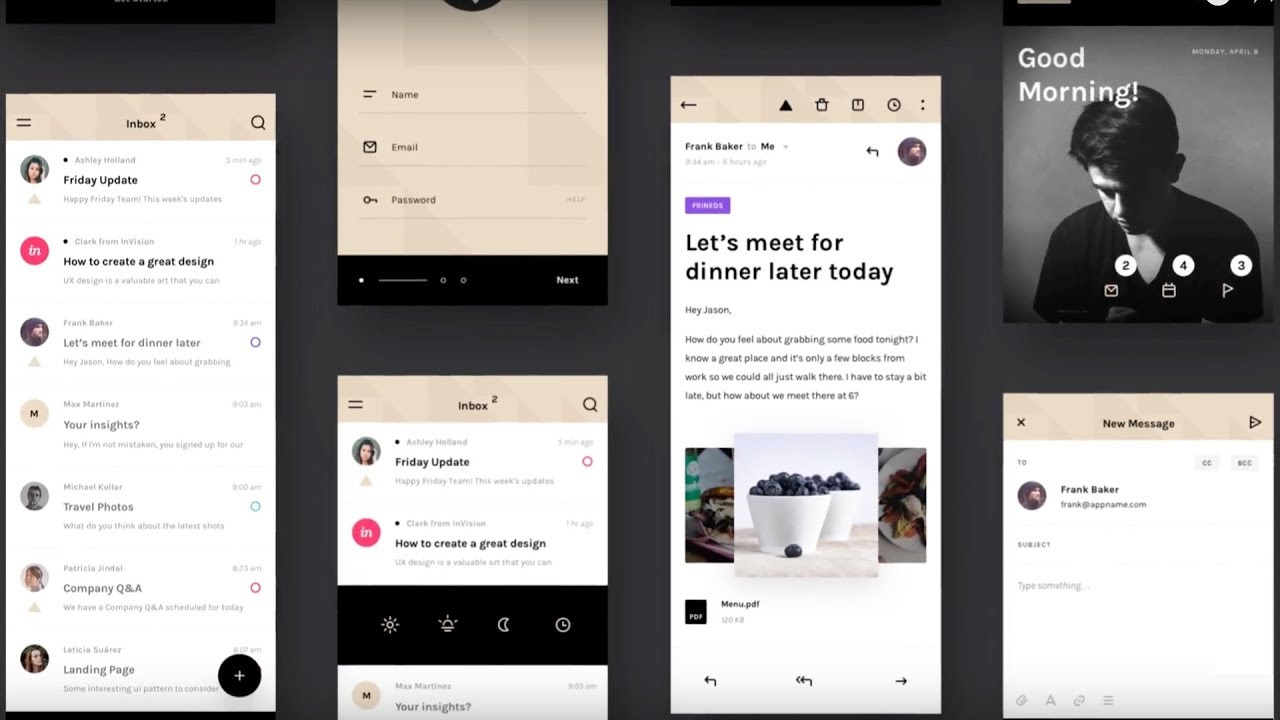
When you're developing a website, using a responsive web design test tool can be helpful. The tool allows you the ability to test how your design looks on different devices. You can also test multiple columns. Webmasters who need to coordinate the design of several web pages will find this tool invaluable.
Viewport Resizer
A Viewport Resizer allows you to determine if a site will display correctly on various devices. This tool allows the user to feed their URL and determine the viewport width and height, in pixels. This tool is useful for web developers as it allows them to quickly test whether their website works on different screens and devices.
Viewport Resizer is a browser bookmarklet that works with all current web browsers. This tool will show you how responsive a website is for different devices, including mobile phones. It also offers screenshots of the website in various resolutions, which is useful for mockups.

Responsinator
Responsinator is an online tool which allows you to test how responsive your website looks on different devices. It is a free tool that lets you see how your website looks on a variety of devices. It allows you to view the same page from both landscape and portrait perspectives. It simulates six types of mobile devices as well their display formats. This tool will ensure that your website works on every device.
Responsinator is a free tool offered by Designmodo. The tool is easy to use and offers a range of features to help you test your website's mobile and tablet versions. The tool includes a drag button which lets you see how your site appears on different size viewports. You can also view how your page looks in different settings using the grid system.
Screenfly
You can use responsive web design testing tools to help you determine how your site will appear on different devices. Screenfly provides pixel measurements as well as scrolling and static screens. This tool allows you to quickly make changes to your site.
It supports custom sizes, rotating button, and many more. Simply type in the URL of your website and it will render a preview in no time. ScreenFly has been trusted by many professionals due to its quick and accurate results. It supports many different devices such as desktop computers, TVs, and various types of smartphones and tablets. Google web App is another great tool. This allows you to view your site on a variety different devices, including tablets.

Screenfly allows you to choose from several resolutions and let's you test them all. You can disable scrolling, and rotate the display. Simply enter the URL to your website and select the device size and screen resolution you would like to test. BrowserStack, a cloud-based test platform that lets you integrate multiple tools, is an alternative. It's simple to use and allows for testing your website on multiple browsers and devices.
FAQ
Do I hire a web design firm or do it myself.
If you don't want to spend a lot, you shouldn't hire web designers. However, if you are looking for high-quality results, hiring someone to design your website might not be worth it.
You don't need to hire expensive web designers to create websites.
You can make a beautiful website if you are willing to work hard and put in the effort.
Another option is to hire a freelance web developer for a project that charges per hour.
How much do web developers make?
When working on a website for yourself, you'll probably earn around $60-$80 per hour. Independent contractors are a better option if your goal is to charge more. An hourly rate of $150-200 could be possible.
Web development is hard?
Web Development is hard but you can learn it if you are passionate about coding.
The only thing you need is to search for the right tools and follow their steps step by step.
There are many tutorials available on YouTube and other platforms. Online software like Sublime Text and Notepad++ is also available for free.
Books can also be found in libraries and bookstores. Some of the most sought-after books are:
O'Reilly Media's "HeadFirst HTML & CSS"
O'Reilly Media presents "Head First PHP and MySQL 5th Edition"
Packt Publishing - "PHP programming for absolute beginners"
I hope that this article has been helpful to you.
Is WordPress a CMS?
Yes. It's called a Content Management System. A CMS allows you to manage your website content from within a web browser instead of using an application such as Dreamweaver or Frontpage.
WordPress is completely free! Hosting is included in the price, but you don't need to pay anything else.
WordPress was initially created as a blogging platform, but it now offers many other options such as eCommerce sites, forums and membership websites. Portfolios are also available.
WordPress is very easy to set up and install. It is necessary to download the installation file from their site and upload it on your server. Next, simply go to your domain name via your web browser and log into your new site.
After installing WordPress, you'll need to register for a username and password. Once you've logged in, you'll see a dashboard where you can access all of your settings.
You can now add pages, posts and images to your site. This step may be skipped if you feel confident editing and creating content.
However, if you prefer to work with someone else, you can hire a professional web designer to handle the whole process.
Statistics
- It enables you to sell your music directly on your website and keep 100% of the profits. (wix.com)
- At this point, it's important to note that just because a web trend is current, it doesn't mean it's necessarily right for you.48% of people cite design as the most important factor of a website, (websitebuilderexpert.com)
- Studies show that 77% of satisfied customers will recommend your business or service to a friend after having a positive experience. (wix.com)
- When choosing your website color scheme, a general rule is to limit yourself to three shades: one primary color (60% of the mix), one secondary color (30%), and one accent color (10%). (wix.com)
- Is your web design optimized for mobile? Over 50% of internet users browse websites using a mobile device. (wix.com)
External Links
How To
How can I become a UI designer?
Two ways to be a UI designer are available:
-
You can get a degree from school in UI Design.
-
You can start freelance.
For you to be able to finish school, you must attend college or university. This includes art, computer science, business, marketing, psychology, etc.
There are also state universities and community colleges that offer classes. Some schools offer tuition-free programs while others charge tuition.
You will need to find work after graduation. If you plan to work for your own business, you need to establish a client base. It is essential to establish a professional network so other professionals know you exist.
You can also look for opportunities to intern at companies that specialize in developing web applications. Many companies hire interns before they hire full-time staff.
Once you have built up a portfolio of your work, it will help you land more jobs. Your work samples and details about the projects should be included in your portfolio.
It is a smart idea to send potential employers your portfolio via email.
You will need to market your services as a freelancer. You can also advertise your services via job boards like Guru, Indeed, Guru, Upwork, and Freelance.
Freelancers receive assignments often from recruiters who post open positions online. These recruiters search for qualified candidates to fill positions within specific industries.
These recruiters often provide a briefing detailing the job requirements to the candidate.
You are not required to sign long-term contracts as a freelancer. However, if you plan to move forward, it is best to negotiate an upfront payment.
Many designers prefer working directly with clients, rather than through agencies. Although this may seem appealing, many people lack necessary skills.
Agency workers often have extensive industry knowledge. They can also access specialized training and resources that will allow them to produce top-quality work.
Agency workers often receive higher hourly rates in addition to these benefits.
The downside to working with an agency is that you won't have direct contact with the employer.
As a UI designer you need to be motivated, creative, flexible, detail-oriented and communicative.
Additionally, communication skills must be excellent both in written and verbal.
UI designers design websites by designing user interfaces (UI), and visual elements.
They are also responsible in ensuring that the site meets all users' requirements.
This includes understanding the information that visitors require and how the site should function.
UI designers use various tools to create wireframes. Wireframing is a way for them to visualize the layout of a page prior to beginning their designs.
There are many wireframe templates available online. Anyone can create their own wireframes.
Some designers specialize in UI design alone, while others combine UI with graphic design.
Graphic designers use software such as Photoshop to edit images.
Adobe InDesign is used to create layouts and pages.
Photographers capture images using digital cameras or DSLRs.
They then upload the images to a program for photo editing, where they add text captions and filters.
After taking the photo, the photographer saves it in a file format that is compatible with the website.
It is crucial to consider all aspects when designing a website.
This includes research and planning, wireframing, prototyping testing, coding, content creation and publishing.
Research - It's essential to conduct thorough research before starting a new project.
Planning – After you've done your research you'll be ready to develop a plan.
Wireframing- A wireframe - A wireframe represents a sketch of an application or web page.
Prototyping: Prototypes can help to ensure that the final product meets the initial vision.
Testing - Multiple rounds of testing should be done on the prototype to make sure it works properly.
Coding - Coding refers to the process of writing computer code.
Content Creation – This covers everything from creating copy to managing social accounts.
Publishing entails uploading files to a server and ensuring the site is accessible.
You will learn about various projects as a freelance UX/UI designer.
For example, some companies only require wire frames, whereas others require full prototypes.
Depending upon the type and scope of the project, you may be asked for specific tasks.
One example is that if you are hired as a wireframe designer, you might be required to create many wireframes.
You may need to develop a functional version of the site if you are hired to build a prototype.
It doesn't matter what kind of project it is, strong interpersonal skills are essential.
Since most clients hire freelancers based on referrals, you must build solid relationships with potential employers.
In addition, you must be able to communicate effectively both verbally and in writing.
A portfolio is an important component of any freelancers' arsenal.
It displays your work and shows your ability to produce high-quality results.
This is possible by creating an online portfolio.
It is a good idea to look for websites that are similar to yours to get you started.
You can then search these websites to find out which one offers its services.
Once you've identified the best practices, it is time to start implementing them.
It is also a good idea to include links in your resume to your portfolio.